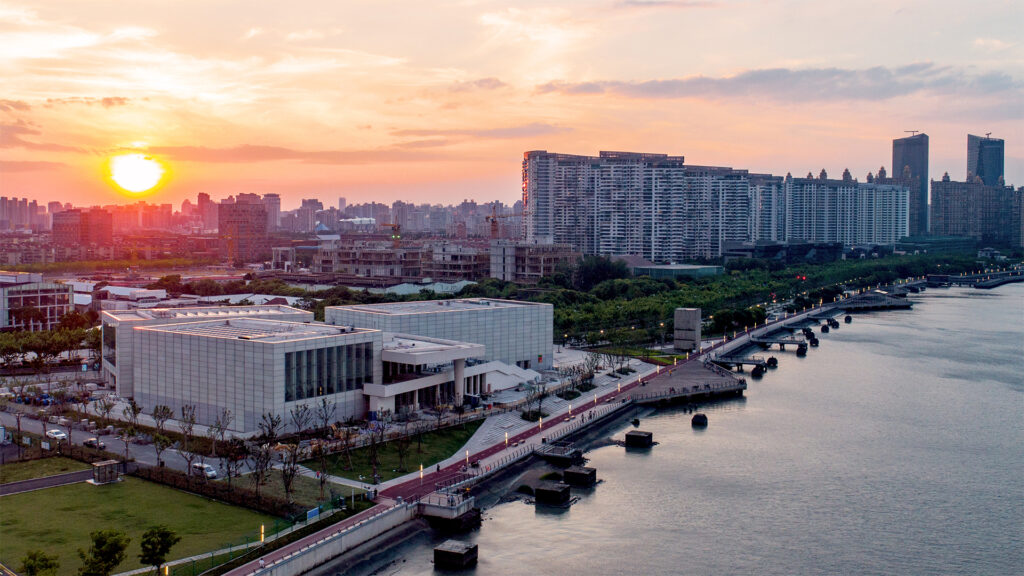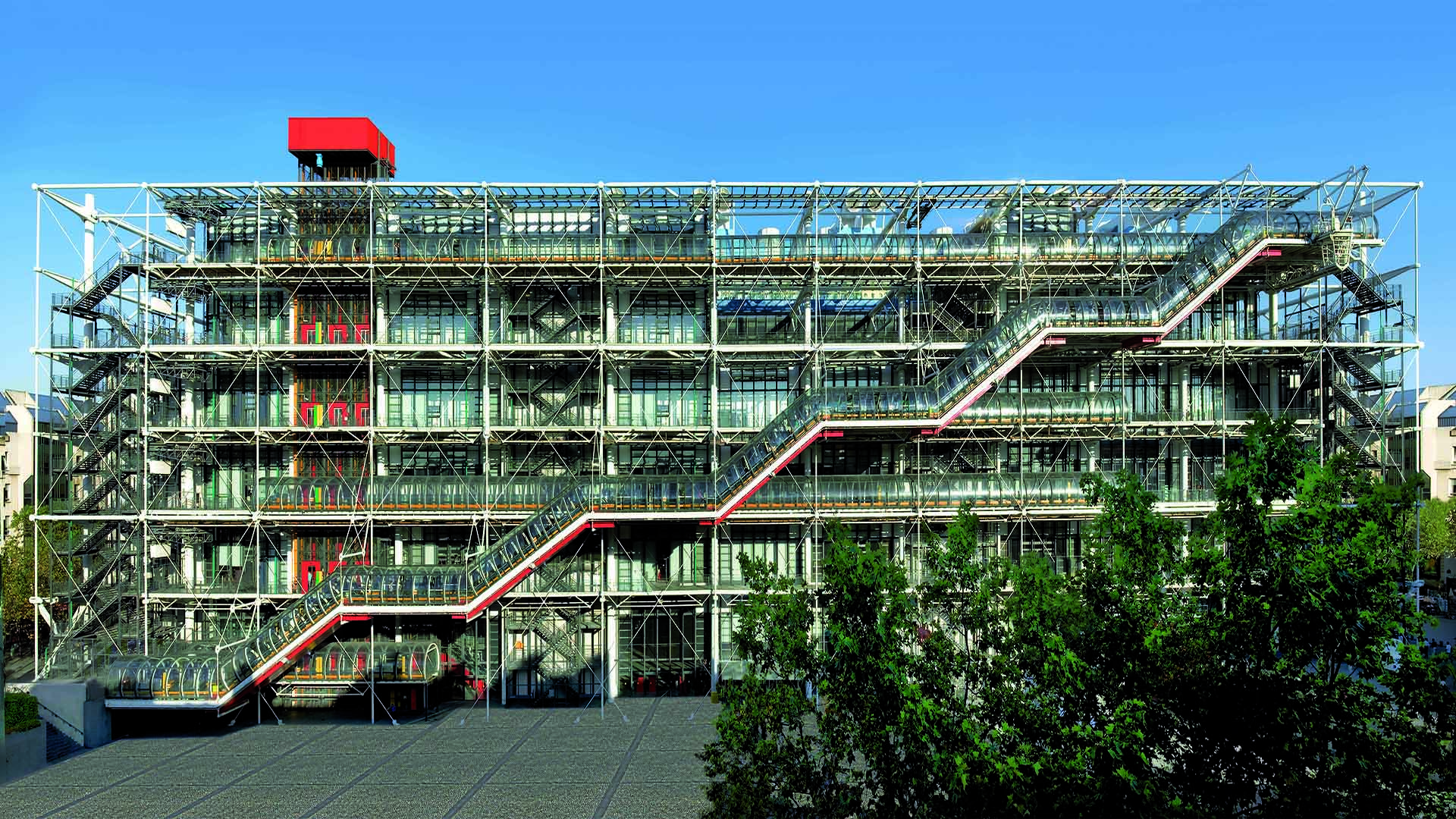In 2018, Centre Pompidou tasked a publicity agency with a profound and long-standing challenge: to catapult the museum into the top tier of Parisian tourist destinations. One might assume housing the world’s second-largest collection of contemporary art in a building of revolutionary dimensions would suffice in achieving cult status with visitors, but the museum’s attendance numbers have long been dwarfed by city stalwarts like Notre Dame and the Louvre.
The agency’s strategy was to deploy a team of charismatic “merchants” to sell souvenir replicas of the inside-out museum alongside ubiquitous Eiffel Towers and Arc de Triomphes — a campaign of cultural guerrilla warfare. But when it comes to courting the most lucrative subset of this market — Chinese cultural tourists — Centre Pompidou is taking even more active steps to correct the fact that a mere 1 percent of its visitors originate from China.
For context, 79 percent of Chinese visitors braved the crowds to take in the Louvre last year, while 80 percent of those tourists took in views of the City of Love from atop the Eiffel Tower. Such contrasting figures may be alarming to Pompidou officials, but given that 2 million mainlanders are expected in the French capital over 2020 — with 96 percent of such visitors primarily motivated by exploring museums and monuments — the opportunity for some momentum is certainly possible.
Pompidou in Shanghai
If the mission is to persuade Chinese cultural devotees to look beyond the Mona Lisa and the Musée d’Orsay’s Waterlilies for artistic inspiration, the opening of the brand-new Centre Pompidou × West Bund Museum Project along Shanghai’s equivalent of Museum Mile in 2019 is as ambitious a bid for attention as one can make. While the Pompidou’s President, Serges Lasvignes, has eschewed notions of brand building, becoming a landmark arts destination in China’s cultural capital should grow brand awareness among outbound travelers. This point is strengthened by the consistency of the two museums hubs: The majority of artworks filling Shanghai’s walls made the 6,000-mile journey from Paris, programming will be managed out of the home city, and museum professionals will receive training in Pompidou curation and conservation.

Centre Pompidou x West Bund Museum opened on November 8. Image: Centre Pompidou x West Bund Museum. Project Sunset aerial view © All rights reserved
While launching a satellite museum is hardly groundbreaking (Bilbao’s Guggenheim opened way back in 1997), building a branch on the banks of the Huangpu River has grown out of the Pompidou’s long-term engagement with China. The hugely popular “Modern Masterpieces from Centre Pompidou” held at Shanghai Exhibition Center in 2016 encouraged a partnership deal with the Shanghai museum in 2017, and the enduring interest in modern Western art in Shanghai made a permanent site viable.
In-House China Strategy
Back home, Centre Pompidou is mirroring overseas ambitions with a strong digital strategy. It launched on Weibo and WeChat in late 2018 and is considering other social media platforms like Douyin (known as TikTok in the West). Last year’s WeChat influencer campaign reached more than one million users (47K article reads) by asking KOLs to post in a ‘non-commercial’ way about art and French culture.
If such efforts raise the likelihood that Chinese Free Independent Travelers (FITs) will visit the Pompidou, then the museum’s recently unveiled WeChat Mini Program will greatly enhance their experience when they arrive. Functioning as a seamless application within the WeChat ecosystem, the Mini Program serves as a visitor’s assistant, bypassing language difficulties by providing maps, artist information, and an audio guide that takes visitors on a deep dive into 10 artworks and 15 artists in the museum.
This digital approach runs parallel to China-focused events staged in-house. Last year, the Pompidou’s futuristic architecture became a backdrop for an event that was co-sponsored by Alibaba Group and Bonjour Brands and introduced 140 products created by Chinese brands and French designers. The event’s accompanying videos, which were released by e-commerce giant Tmall, generated more than a million views. We can expect similar levels of engagement when the museum begins hosting Contemporary Chinese art exhibitions, as a minimum of three were pledged in its West Bund Group contract.
Becoming a Parisian icon in the mind of Chinese travelers may be a long game, but with 54 percent of 2019’s visitors intending to return within two years, the Pompidou’s China strategy will make sure to welcome them with open arms.



